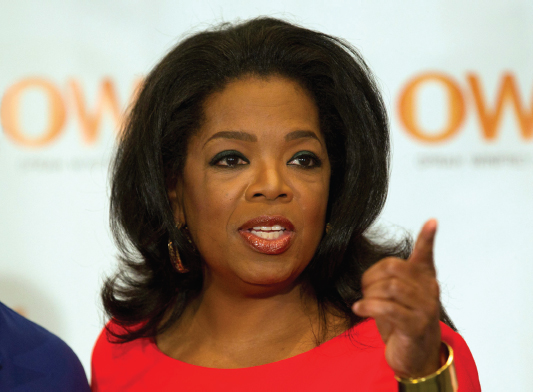The Structure of the Media Industry
“Communities across America are suffering through a crisis that could leave a dramatically diminished version of democracy in its wake. … In a nutshell, media corporations, after running journalism into the ground, have determined that news gathering and reporting are not profit-making propositions. So they’re jumping ship.”
JOHN NICHOLS AND ROBERT MCCHESNEY, THE NATION, 2009
In most media industries, three common structures characterize the economics of the business: monopoly, oligopoly, and limited competition.
A monopoly occurs when a single firm dominates production and distribution in a particular industry, either nationally or locally. For example, at the national level, AT&T ran a rare government-approved-and-regulated monopoly—the telephone business—for more than a hundred years until its breakup in the mid-1980s. In a suit brought by the Justice Department and twenty states, software giant Microsoft was accused of monopolistic practices for controlling more than 80 percent of computer operating systems worldwide and was ordered to split into two separate companies. Microsoft, however, appealed and in 2002 agreed to a court settlement that imposed restrictions only on its business dealings with personal computer makers but left the company intact.
On the local level, monopoly situations have been more plentiful, occurring in any city that has only one newspaper or one cable company. While the federal government has encouraged owner diversity since the 1970s by prohibiting a newspaper from operating a broadcast or cable company in the same city, many individual local media monopolies have been purchased by national and international firms. For instance, Cox Communications has acquired nearly thirty cable monopoly systems—including those in San Diego, Oklahoma City, and Cleveland—clustered in nineteen states and serving more than six million customers. Likewise, in the newspaper business, chain operators like Gannett own hundreds of newspapers, most of which constitute a newspaper monopoly in their communities.

In an oligopoly, just a few firms dominate an industry. For example, the book-publishing and feature-film businesses are both oligopolies. Each has five or six major players that control the majority of the production and distribution in the industry. After the completion of the Universal-EMI merger in 2012, the production and distribution of the world’s music is now controlled by just three international corporations—Warner Music (United States), Sony (Japan), and Universal (France). Usually conducting business only in response to one another, such companies face little economic competition from small independent firms. Oligopolies often add new ideas and product lines by purchasing successful independent companies.
Sometimes called monopolistic competition, limited competition characterizes a media market with many producers and sellers but only a few products within a particular category.6 For instance, hundreds of independently owned radio stations operate in the United States. Most of these commercial stations, however, feature a limited number of formats—such as country, classic rock, or contemporary hits. Because commercial broadcast radio is now a difficult market to enter—requiring an FCC license and major capital investment—most stations play only one of the few formats that attract sizable audiences. Under these circumstances, fans of blues, alternative country, or classical music may not be able to find a radio station that matches their interests. Given the high start-up costs of launching a commercial business in any media industry, companies offering alternative products are becoming rare in the twenty-first century.